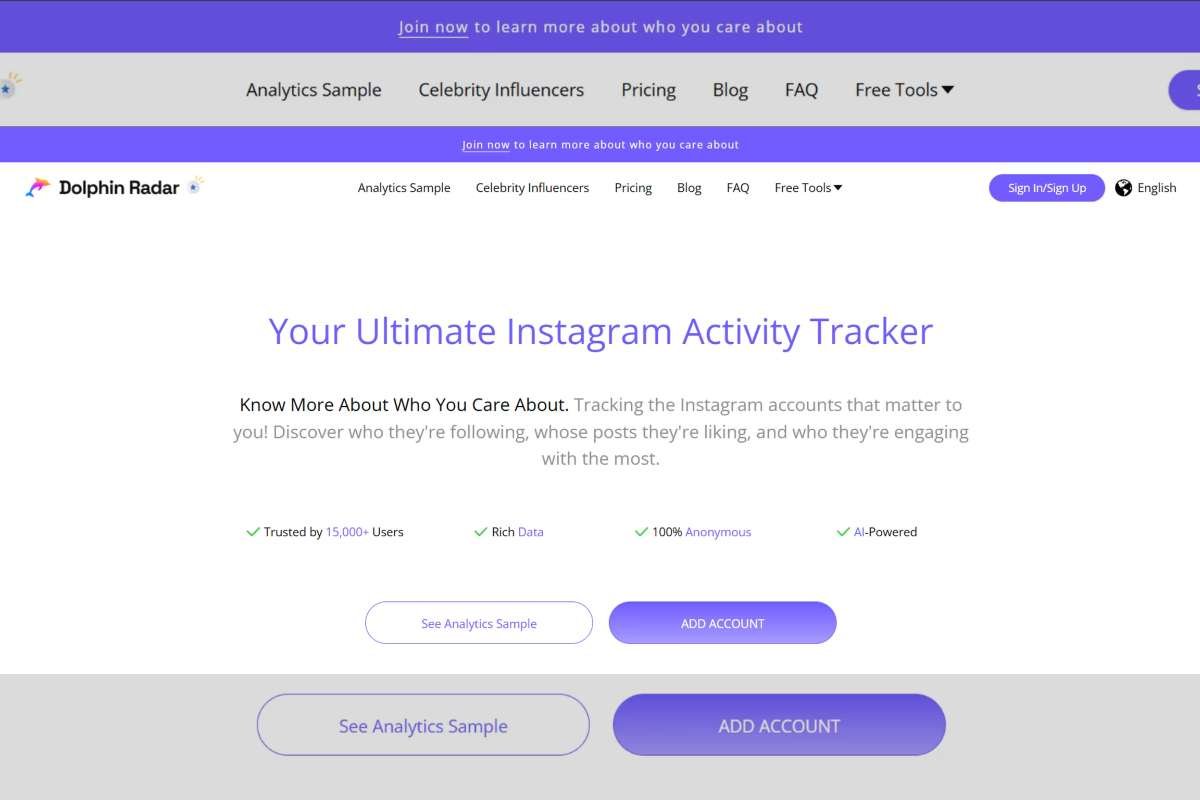A lot of businesses are struggling with traffic and are hesitant to take action. It might seem like boosting traffic is expensive: surely you need a team of professional marketers to improve your metrics. But the answer is no — it is not.
You can handle most of the work yourself — as long as you’re willing to invest a bit of time learning the basics. If you’re dedicated but unsure where to start, this article will guide you through the most affordable (and often free) ways to increase website traffic without relying on expensive tools or agencies.
1. Optimize SEO

Difficulty: Medium
Making a website properly optimized for search engines takes a lot of different steps. Most of it can be done for free, but to have a better understanding of your site’s position you’ll need advanced analytics tools, which require a little payment.
Here’s what you can do on your website right now to improve its SEO:
- Go on Google Trends and AI Overview. Type in search queries relevant to your website (for example, it could be ‘buy a domain’, ‘artisan ceramics’), and analyze the most popular results. Look at what other people are searching for and how the AI overview ends up looking.
- Include all the keywords you found in your meta information. There are meta-titles, descriptions, and keywords.
- Access your meta information. On Site.pro, you can do it directly through the builder by clicking on ‘Settings’ in the top bar. Click ‘Settings’ again in the drop-down menu. There you can write down the general meta-tags.
- To add keywords and descriptions to individual pages on Site.pro, go to Settings -> Pages -> SEO. You can write them yourself, or click on the ‘AI’ icon to generate meta-information automatically.
Meta-information will then be displayed in the Google search results, so make sure it’s short, comprehensive, and catchy.
2. Add Alternative Text
Difficulty: Easy+
Alternative text is basically a description for an image. It isn’t usually visible, so it won’t overwhelm your page with extra text. Alternative text is shown in two cases:
- The image isn’t loading due to technical issues or poor Internet connection.
- A user is using a screen reader.
Alternative text is a great way to make your website more accessible to users. It helps visually impaired people to understand what’s going on on your website better, and it makes it usable even with subpar Internet connection. Alt text is also one of the factors that search engines take into account when scanning websites: it helps machines analyze the content, which leads to websites with alt text attached to images ranking higher.
Adding alt text in Site.pro’s website builder is easy — simply click on an image in the editor and enter alt text. However, it has to be done manually, so it will take some time.
3. Internal Links & Backlinks

Difficulty: Easy+
Building a link system on your website will greatly increase its organic traffic. Creating internal links is free — cross-link important pages in your blog, menus, pricing, etc. It goes without saying that your website must have a navigation menu — it’s the main source of internal links. It’s good for SEO ranking — search engines will understand better what pages on your website are the most valuable. It’s also great for users — it will be much easier for them to find information on your website when everything is properly linked. They are more likely to stay longer on your website, going from one page to another.
Backlinks are a bit of a different story. Backlinks are located on other websites that refer to yours. Unless you’re lucky, usually getting backlinks from reliable high-ranked websites costs some money. However, it’s worth it. The more trustworthy sources refer to your website, the more it will be prioritized by Google and its alternatives.
4. Post Useful & Original Content
Difficulty: Hard
One of the obvious ways to increase website traffic and draw engagement on a platform is to create good content. But however obvious it might be, it’s not a trivial thing to do. It’s not impossible either, so here are steps you could take:
- Create a blog section. No matter what kind of business you do, even if you’re a freelancing professional, you definitely have stories to share.
- Look for more ideas online. It’s never bad to peek at what your competitors are doing with their blogs, just saying.
- Map out your content plan. You don’t have to post often, but you need to do it consistently. Do it at your own pace, prioritize quality over quantity.
- Feel free to use AI, but don’t exploit it too much. AI has to be just one of your tools. Keep in mind that AI often hallucinates information, and its writing style is easily detected even by regular users. People, in general, are starting to get tired of AI-generated content — it feels impersonal, cheap, and plastic. Creating a lot of AI content is cheap & easy, but it’s not something you should aim for if you want to form a loyal base of clients and followers.
5. Utilize Social Media
Difficulty: Medium
Social media management is the best way to utilize your high-quality content to the fullest and efficiently build your online presence. When you already have a couple of great articles in your blog, you can partially or fully repost and repurpose them for your social media accounts to increase website traffic. You’ve spent so much time and resources creating content, after all, so it doesn’t deserve to be forgotten.
Of course, different social media channels require different approaches. On Insta, everyone loves Stories and Reels — make eye-catching Stories with a little snippet of your post, add a link sticker leading to that post, and you’re good to go.
On Facebook and LinkedIn, long content is more favorable, even more so if you’re doing B2B. Take one article, split it into logical sections, and post these sections as original content on social media with an attractive cover illustration. And when your followers want to read more on the subject, link them to the original post on your website.
You can also adapt your written content to video format, which works great on Facebook, YouTube, and even TikTok.
6. Partner Programs

Difficulty: Easy
For hosting companies, there is one extra special option to increase website traffic and improve metrics. It is common for hosting service’s clients to buy domains, not use them, and cancel the payment in a year or two. This problem resolves itself with installing a website builder on a billing/hosting panel. Users buy a domain, go to the hosting panel, and then there is a free website builder waiting for them. They gain an opportunity to create a website easily, and they have an incentive to do so because they already have a domain.
This type of partner program is called Revenue Share. It’s a unique feature offered by the Site.pro website builder. It allows hosting providers to install the builder’s plugin. And when a hosting client decides to upgrade their plan from free to a paid one, 50% of the profit goes to the hosting provider. In the meantime, Site.pro covers all the support related to the builder and is ready to help set up analytics.
Joining Revenue Share is free, with no hidden fees. Unlike traditional Affiliate programs, Revenue Share doesn’t lead clients to another website. Clients stay inside the hosting company’s system and utilize its main product — servers and domains.
Conclusion
There’s no benefit in staying passive. With just a little effort, you can increase website traffic using tools you already have at your disposal. Many strategies are free or low-cost, and experimenting with them comes at no risk. By optimizing SEO, starting a blog, and adding alternative text, you’ll begin to see your metrics climb.


















